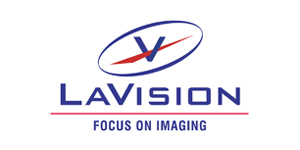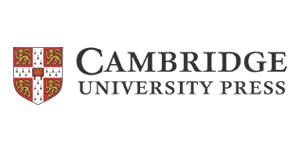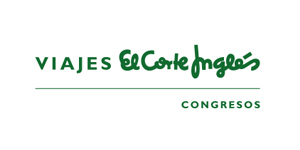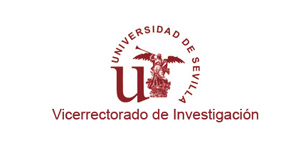
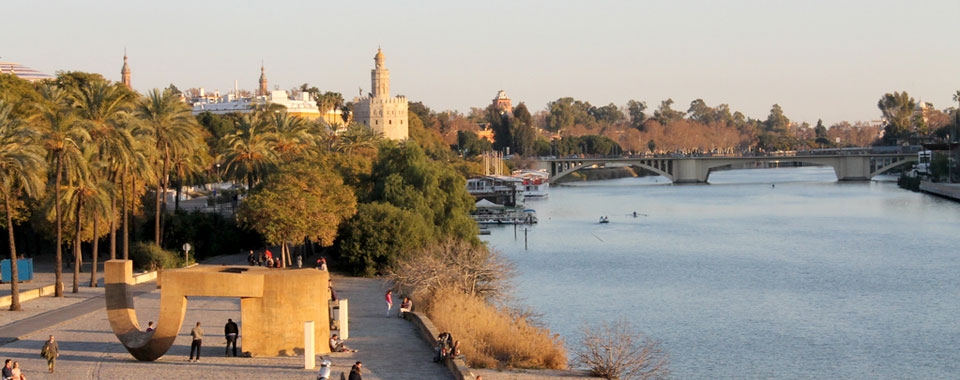

Important dates
Abstract submission:
from November 16th 2015 to April 8th 2016
Notification of acceptance:
May 6th 2016
Early registration ends at
June 15th 2016
ABOUT SEVILLE
The history of Seville is that of a melting pot of cultures, with a fertile balance of arts, sciences and commerce. Legend has it that the city was founded by Hercules, and from its foundation onwards, three thousand years of history... [Learn more]
Personal area
EUROMECH
European Mechanics Society - is an international non-governmental non-profit scientific organization.
The objective of the Society is to engage in all activities intended to promote in Europe the development of mechanics as a branch of science and engineering. Mechanics deals with motion, flow and deformation of matter, be it fluid or solid, under the action of applied forces, and with any associated phenomena. The society is governed by the Council whose members are being elected according to rules set in Statutes. Activities within the field of mechanics range from fundamental research on the behaviour of fluids and solids to applied research in engineering. The approaches used comprise theoretical, analytical, computational and experimental methods.
The 11th Euromech Fluid Mechanics Conference will be held at at Hotel Barceló Renacimiento from 12 to 16 September, 2016. This conference is the eleventh in the series started in Cambridge in 1991 and continued in Warsaw (1994), Göttingen (1997), Eindhoven (2000), Toulouse (2003), Stockholm (2006), Manchester (2008), Munchen (2010), Rome (2012) and Copenhagen (2014). The conference aims at covering the whole field of Fluid Dynamics, comprising from most fundamental aspects to recent applications. It provides a world-wide forum for scientists to meet each other and exchange information of all areas of fluid mechanics.
EUROMECH Fluid Mechanics Prize
The organization committee of the EFMC11 Sevilla is proud to announce that Professor Elisabeth Guazzelli has been awarded the EUROMECH Fluid Mechanics Prize in recognition of her ground-breaking experiments on sedimenting suspensions,demostrating the origin of particle fluctuations and cluster formation, for her decisive guidance of theory through focused experiments, and for her important contributions to the European mechanics community.
By selecting you as the recipient of this Prize, the EUROMECH Council whishes to recognize your remarkable scientific achivement in fluid mechanics and also your impact on the development of the field through your leadership role and your very distinguished service to our community.
Falling clouds of particles
Elisabeth Guazzelli
Aix-Marseille Universit\'e, CNRS, IUSTI UMR 7343, 13453 Marseille, France.
A cloud composed of solid spherical particles falling under gravity in a quiescent fluid can be regarded as an effective medium of excess mass and the problem can be related to that of the sedimentation of a spherical drop of heavy fluid in an otherwise lighter fluid. However, the cloud is unstable even in the complete absence of inertia and without needing to perturb its initial shape. It has been observed first to remain roughly spherical with a leakage of particles in a vertical tail and then to evolve into a torus which breaks up into two droplets in a repeating cascade. The discrete nature of the particles is fundamental in the understanding of these instabilities. Simple simulations using a point-particle approach, which contains the minimal physics of the long-range interactions, capture this dynamics. Faster breakup is observed for clouds of anisotropic particles such as fibers, due to the self motion of the anisotropic particles. When inertia is finite, the cloud also deforms into a flat torus that eventually destabilizes and breaks up into a number of secondary droplets but particle leakage is much weaker. While this evolution resembles that observed in the Stokes regime, the physical mechanisms involved are qualitatively different. The cloud evolution can be strongly determined by the importance of wake-mediated interactions. If the cloud settles now in a flowing fluid instead of a quiescent fluid, there is a coupling between particle-particle and particle-fluid interactions. This two-way coupling is evidenced for a cloud settling in a cellular flow field which is a simple model flow capturing key features of vortical effects on particles.
This work has been done in collaboration with L. Bergougnoux, G. Bouchet, J. E. Butler, M. L. Ekiel-Je\.{z}ewska, D. Lopez, B. Marchetti, B. Metzger, M. Nicolas, J. Park, F. Pignatel.


